A Shattered Planet: The Asteroid-Dinosaur Extinction Connection

Introduction
The extinction of dinosaurs is among the most studied topics in paleontology. Although there are several theories, the leading one is the impact of an asteroid on Earth, creating a global catastrophe that wiped out three-quarters of life, including non-avian dinosaurs, 66 million years ago. This article will explore the connection between asteroids and dinosaur extinction, highlighting the role of these celestial objects in shaping Earth's history.
The Importance of Asteroids in Understanding Dinosaur Extinction
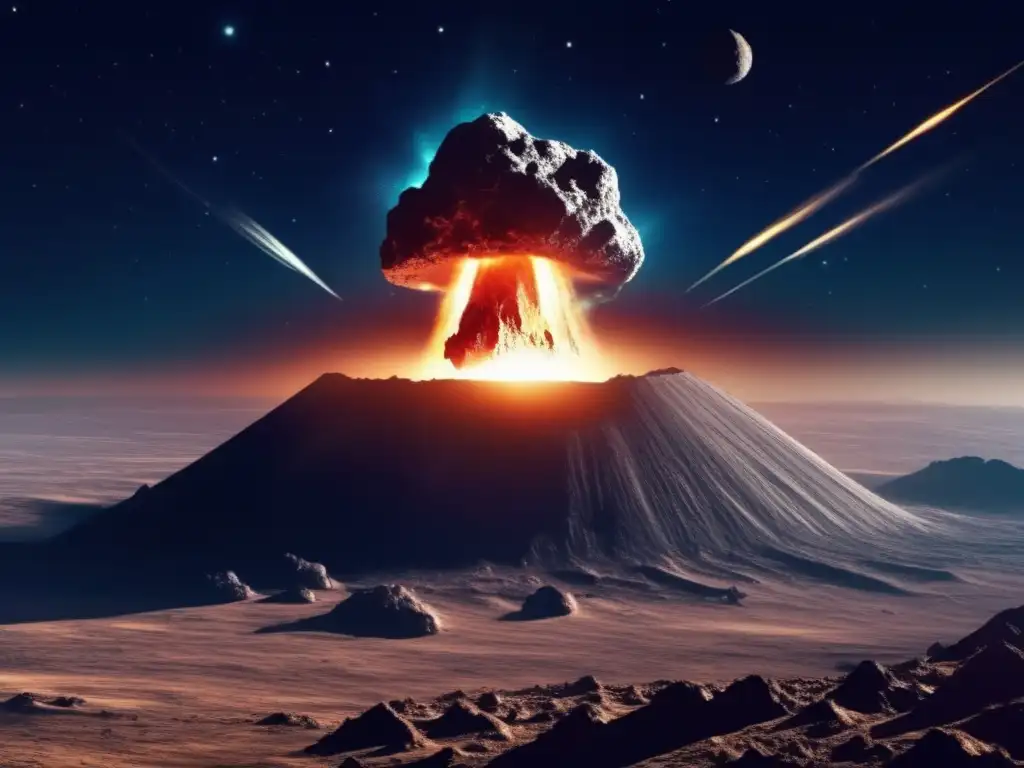
The Asteroid Hypothesis
In 1980, Walter Alvarez, a geologist, discovered a thin layer of iridium in rock samples from the K-T boundary, the geological time marker indicating the end of the Cretaceous period. Because iridium is rare on Earth but common in asteroids, this finding suggested an extraordinary event: an asteroid collision with Earth. Later, Luis Alvarez, Walter's father, proposed that the asteroid impact caused the Chicxulub crater, visible in modern-day Yucatan, Mexico.
The Effects of the Impact
The asteroid that hit Earth was at least ten kilometers wide and generated an explosion equivalent to ten billion Hiroshima atomic bombs. The impact released huge amounts of energy, generating fireballs, tsunamis, and earthquakes. The impact also ejected billions of tons of debris into space, creating a gigantic cloud of dust that blocked sunlight, causing global cooling and reducing photosynthesis. These conditions resulted in a global ecological crisis, leading to the extinction of several species, including dinosaurs, ammonites, and marine reptiles.
The Timing of the Impact
The asteroid impact occurred around 66 million years ago, at the end of the Cretaceous period and the beginning of the Tertiary period, marking the end of the Mesozoic Era, where dinosaurs dominated the Earth. This sudden extinction created an ecological void that allowed mammals to evolve and diversify, eventually leading to the emergence of Homo sapiens.
The Role of Asteroids in Earth's History
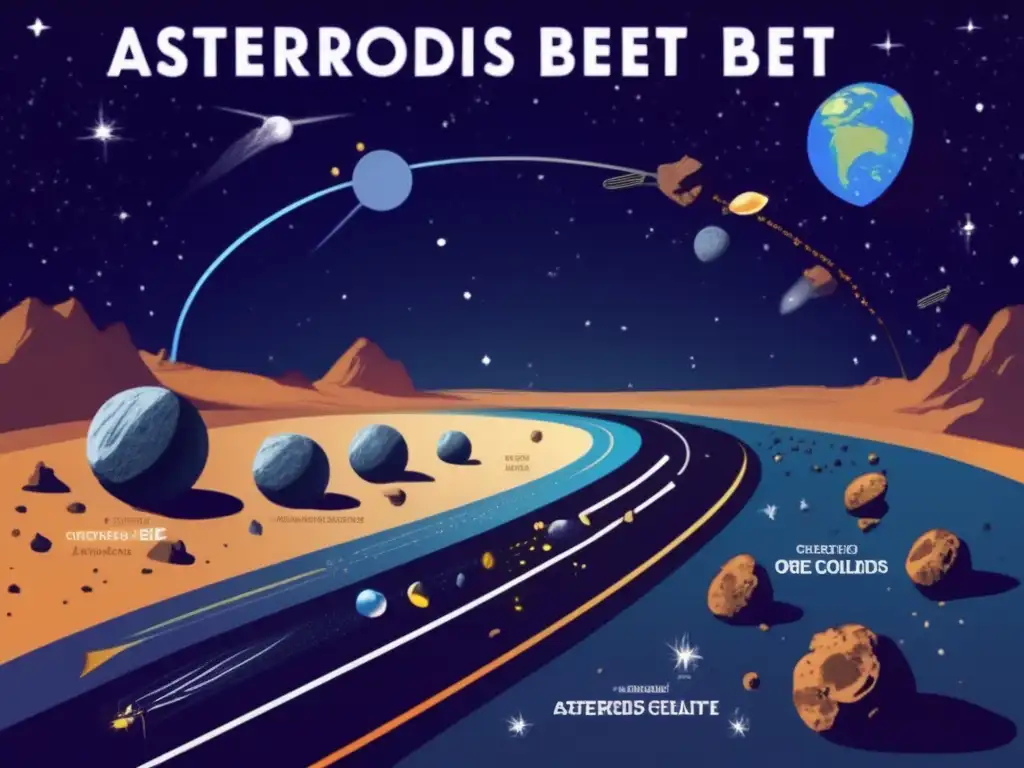
Asteroids as a Threat to Earth
Asteroids are celestial objects composed of metals, rocks, and ice that orbit the sun. They range in size, from smaller than a football field to hundreds of kilometers wide. Although most asteroids are harmless and remain in the asteroid belt between the orbits of Mars and Jupiter, some asteroids can change orbit and become a threat to Earth.
The Importance of Studying Asteroids
Studying asteroids is essential to understanding the history and evolution of the solar system. Asteroids contain valuable resources, such as water, metals, and rare earth elements, that could be used for space exploration and colonisation in the future. Furthermore, studying asteroids could help scientists prevent a global catastrophe by identifying and tracking near-Earth objects that pose a danger to human life.
The Future of Asteroid Science
Since the discovery of the asteroid hypothesis, the study of asteroids has intensified, with several missions to explore and study these celestial objects, such as the Japanese Hayabusa and Hayabusa 2 missions, NASA's OSIRIS-REx, and the European Space Agency's Hera mission. These missions aim to gather data on the composition, structure, and history of asteroids, providing insights into the formation and evolution of the solar system.
Frequently Asked Questions
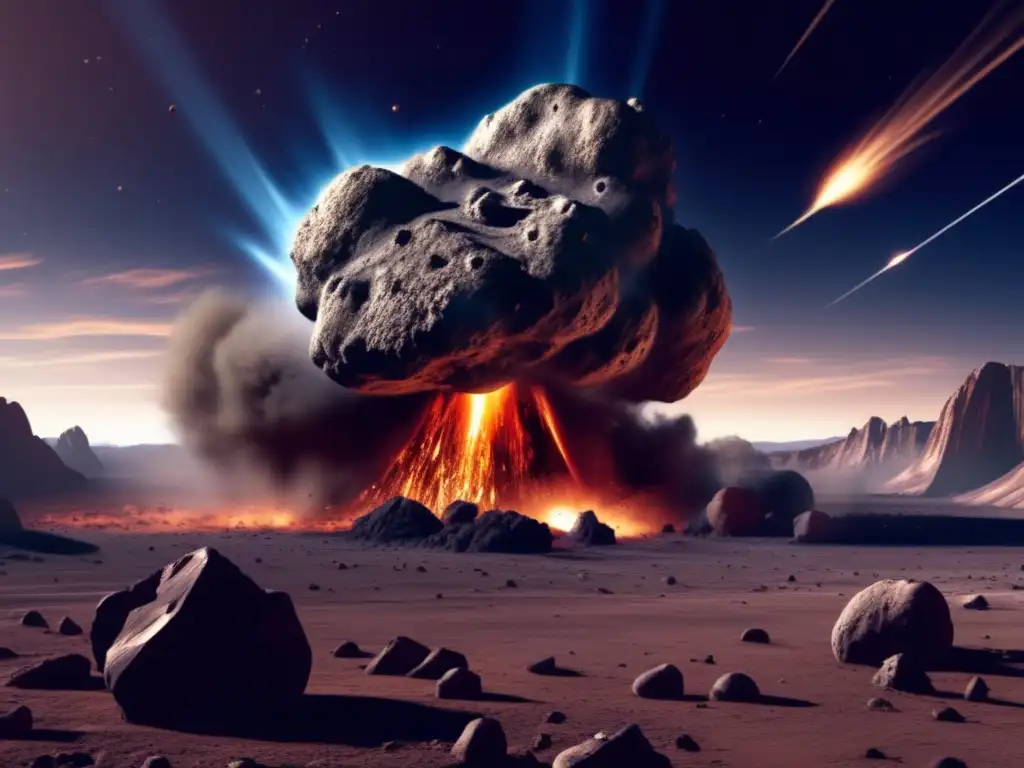
-
Is the impact theory still the most widely accepted explanation for dinosaur extinction?
Yes, the impact theory is still the most widely accepted explanation among paleontologists and geologists.
-
Could an asteroid impact Earth again?
Yes, asteroids still represent a threat to Earth, although the chances of a catastrophic impact are low. Scientists are studying asteroids to identify potential threats and develop strategies to deflect them.
-
What resources do asteroids have that could be useful on Earth?
Asteroids contain water, metals, and rare earth elements that could be used for space exploration and colonisation, as well as for industries such as aerospace and electronics.
-
What missions are currently exploring asteroids?
Missions such as Hayabusa 2, OSIRIS-REx, and Hera are currently exploring and studying asteroids.
-
How are scientists tracking near-Earth objects?
Scientists are using telescopes and radar systems to detect and track near-Earth objects, providing data that can help predict their trajectories and assess their potential danger.
Conclusion
Asteroids have played a crucial role in shaping Earth's history, as evidenced by their connection to dinosaur extinction. Studying asteroids is essential to understanding the formation and evolution of the solar system, as well as identifying potential threats and developing strategies to prevent catastrophic impacts. As technology advances, we are sure to learn more about these fascinating celestial objects and their significance to our planet.
Thank you for reading this article. If you have any thoughts or questions, please share them in the comments section below. Don't forget to subscribe to Asteroid Realm for more asteroid-related content.
Additional Resources
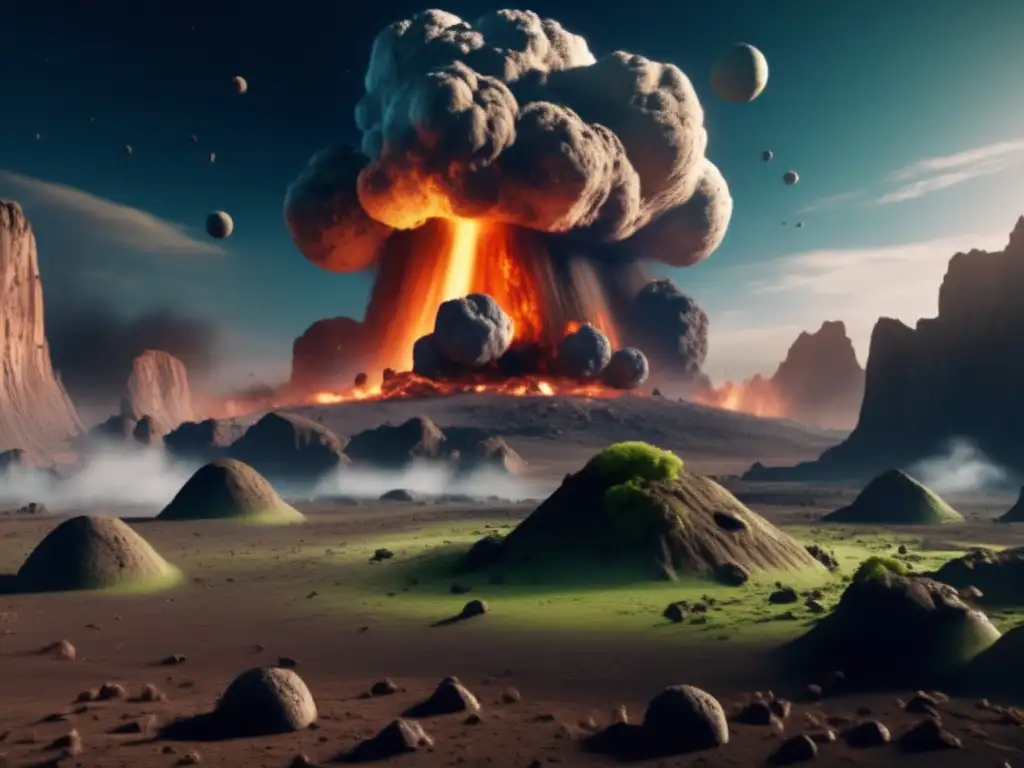
For further reading on asteroids and their impact on Earth, check out the following resources:
 Unraveling The Mystery: The Asteroid Impact And Dinosaur Extinction
Unraveling The Mystery: The Asteroid Impact And Dinosaur Extinction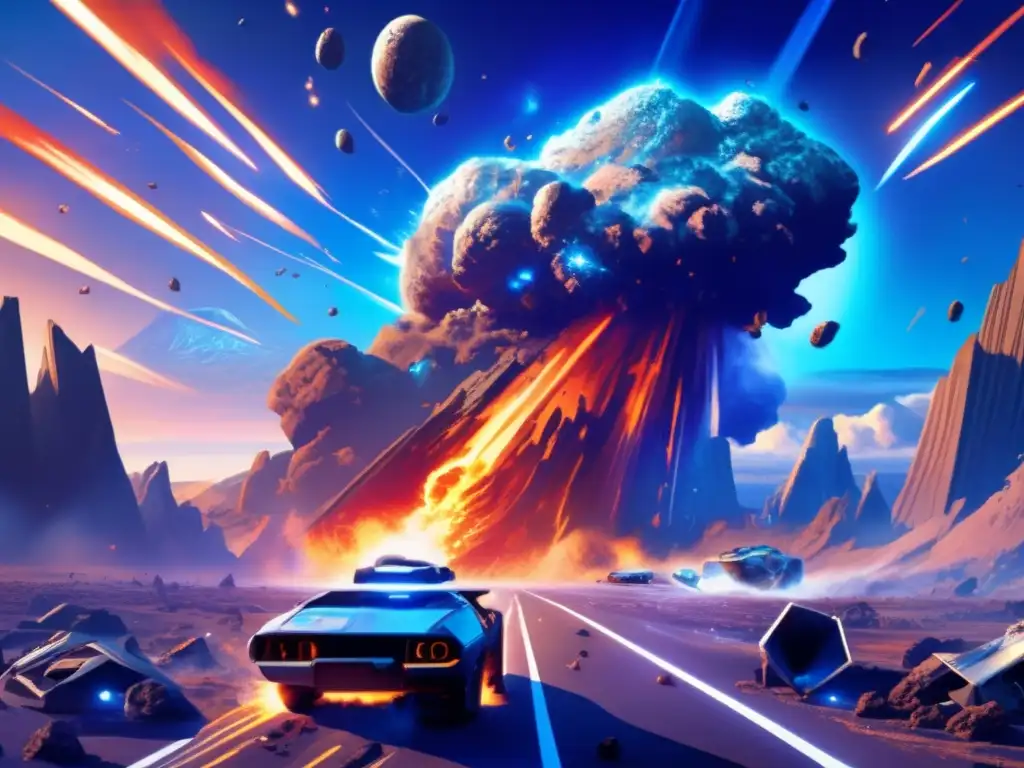 Crater Of Catastrophe: The Asteroid That Ended An Era
Crater Of Catastrophe: The Asteroid That Ended An Era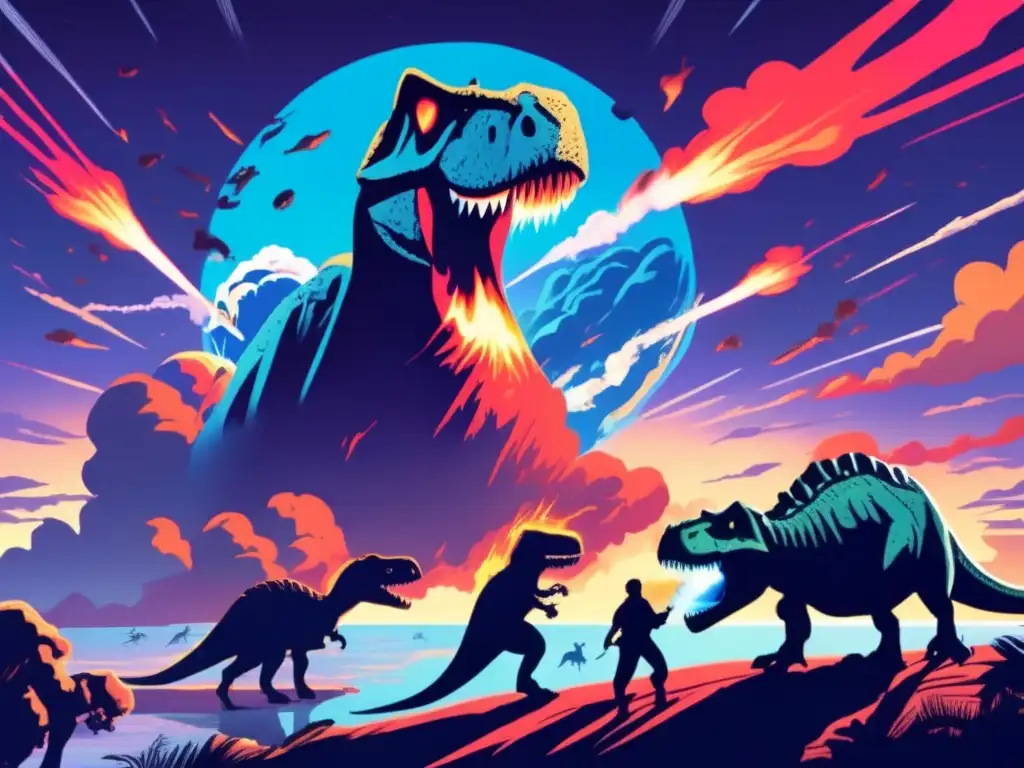 The Final Countdown: The Asteroid Strike And Dinosaur Extinction
The Final Countdown: The Asteroid Strike And Dinosaur ExtinctionIf you want to discover more articles similar to A Shattered Planet: The Asteroid-Dinosaur Extinction Connection, you can visit the Asteroids and Dinosaurs category.
Leave a Reply

Articulos relacionados: